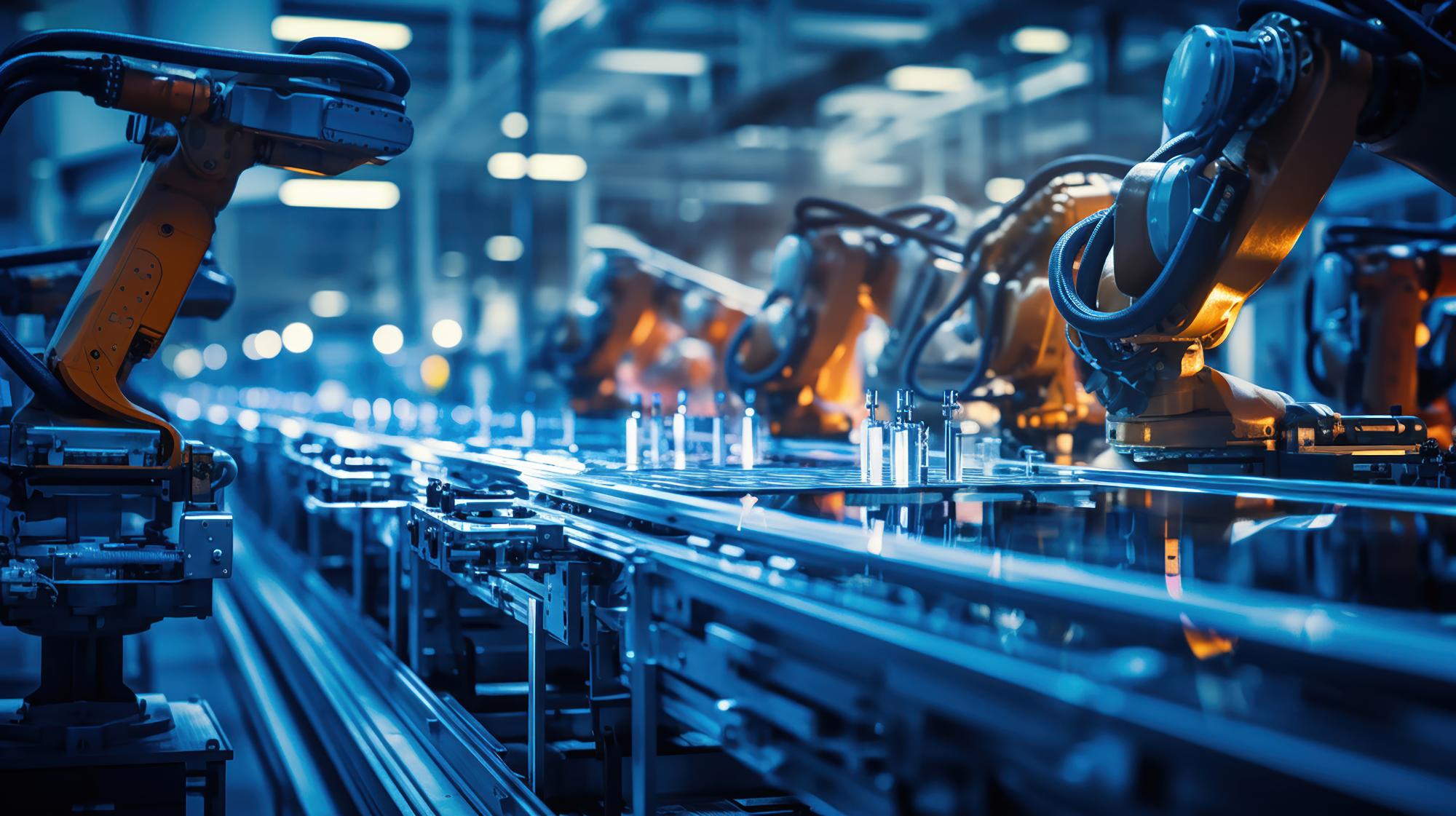
The global automotive industry is on the brink of a transformative year. Shifting economic policies, evolving electrification strategies, and new business models are shaping the trajectory of 2025. While technology advancements continue to drive the sector forward, macroeconomic uncertainties and changing consumer behaviors pose new challenges.
Drawing insights from Forbes’ Global Automotive Outlook and S&P Global Mobility’s 2025 Auto Sales Forecast, this blog distills the most critical trends and industry shifts to watch for in the coming year.
The transition to EVs is progressing, but the hybrid market is proving to be a strong contender in the near term. Consumers looking for fuel efficiency, lower emissions, and reduced reliance on charging infrastructure are increasingly turning to hybrid models. These vehicles offer a practical balance between traditional combustion engines and electric power, making them a compelling option in regions where charging accessibility remains a concern.
Hybrid adoption is expected to continue rising in 2025, as automakers expand their offerings to cater to demand. Manufacturers across global markets are investing in plug-in hybrid electric vehicles (PHEVs) and extended-range hybrids, providing consumers with more flexible choices. Meanwhile, the shift in pricing strategies—where some hybrids are now more affordable than their EV counterparts—further strengthens their appeal.
The result? A diversified electrification strategy where hybrids act as a bridge to full electrification, ensuring consumers have viable, cost-effective alternatives while charging networks and infrastructure catch up to demand.
As vehicles become more connected, software is emerging as the new engine of the automotive industry. The evolution of software-defined vehicles (SDVs) means that critical functions—from braking and steering to infotainment and diagnostics—are managed by software rather than traditional hardware components. This shift enables over-the-air (OTA) updates, allowing automakers to introduce new features, security enhancements, and performance upgrades remotely.
With SDVs, vehicles are no longer static products but continuously evolving platforms. Automakers are now integrating subscription-based services, AI-driven customization, and cloud-based connectivity to improve user experiences and unlock recurring revenue streams. As a result, technology providers and automakers are forging deeper collaborations, transforming cars into intelligent, adaptable machines that improve with time.
The move toward digitally enhanced vehicles is also shaping consumer expectations. Drivers now anticipate seamless digital integration, personalized interfaces, and AI-powered assistance—features that are becoming standard in the next generation of automobiles.
One of the most significant advancements in EV development is the push toward integrated powertrain solutions. Rather than assembling separate propulsion components, manufacturers are adopting multi-functional systems that enhance performance, reduce weight, and optimize efficiency.
This trend is particularly evident in the adoption of 4-in-1 and 5-in-1 powertrain configurations, which combine motors, controllers, batteries, and onboard chargers into a single, streamlined unit. The result? Lighter, more cost-effective, and higher-performing EVs that maximize energy efficiency while minimizing manufacturing complexity.
Industry leaders are already implementing these solutions, integrating battery management systems, DC-DC converters, and thermal management into unified powertrain designs. This reduction in hardware complexity leads to faster production timelines, lower costs, and improved vehicle range, paving the way for next-generation mass-market EVs.
As vehicle ownership models evolve, automakers are exploring new revenue streams beyond traditional sales. With advancements in battery longevity and energy storage, multi-cycle leasing and energy management services are gaining traction as innovative business strategies.
Multi-cycle leasing allows OEMs to extend the lifespan of EVs beyond a single ownership cycle, enabling subscription-based leasing for second and third users. With batteries now lasting longer than the vehicles themselves, automakers can reposition EVs for multiple users, optimizing utilization and profitability.
Additionally, energy services such as battery leasing, vehicle-to-grid (V2G) solutions, and microgrid energy management are creating new opportunities for automakers to expand their footprint in the energy sector. By integrating EV batteries into broader energy ecosystems, manufacturers can offer customers flexible charging solutions, grid stabilization services, and long-term energy cost savings.
These strategies not only enhance profitability but also reinforce sustainability efforts, ensuring that EV batteries are used efficiently throughout their lifecycle.
The automotive industry is entering a defining era—one where electrification, digital transformation, and new business models will shape its trajectory. While hybrid expansion provides an immediate bridge to full EV adoption, software-defined vehicles and integrated powertrains are setting the foundation for long-term technological advancements.
At the same time, automakers are rethinking how vehicles are owned, leased, and monetized, introducing subscription-based models and energy services to future-proof profitability.
As 2025 unfolds, the industry will need to balance innovation with adaptability, ensuring that emerging technologies align with evolving consumer needs and market realities. The future of mobility is being redefined—and the road ahead is more dynamic than ever.
